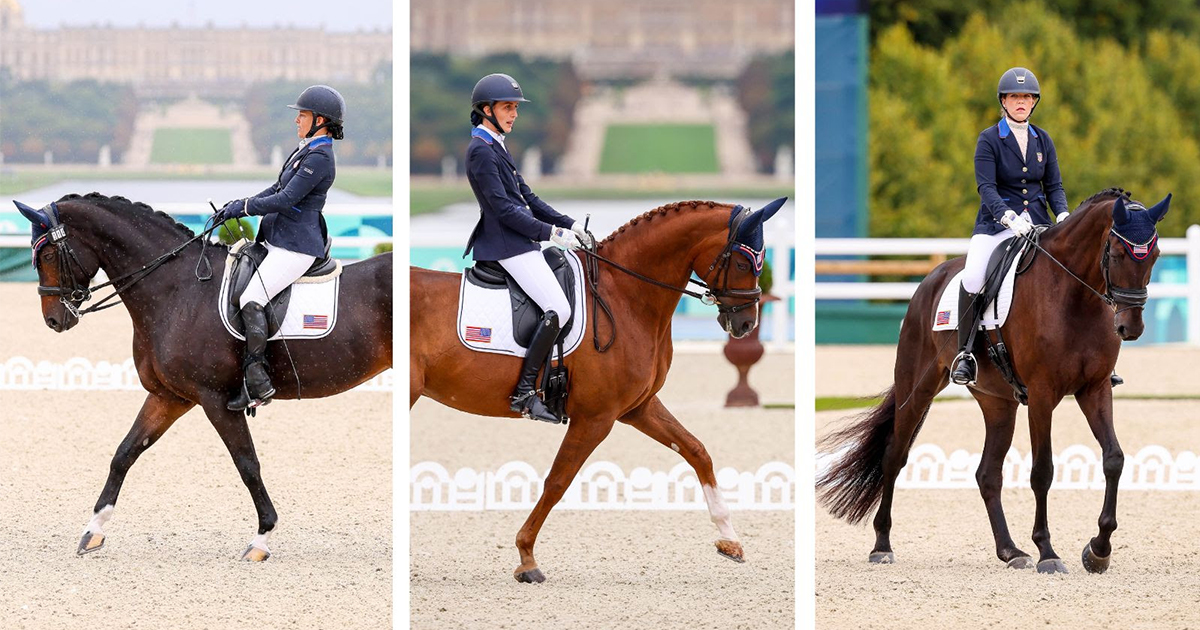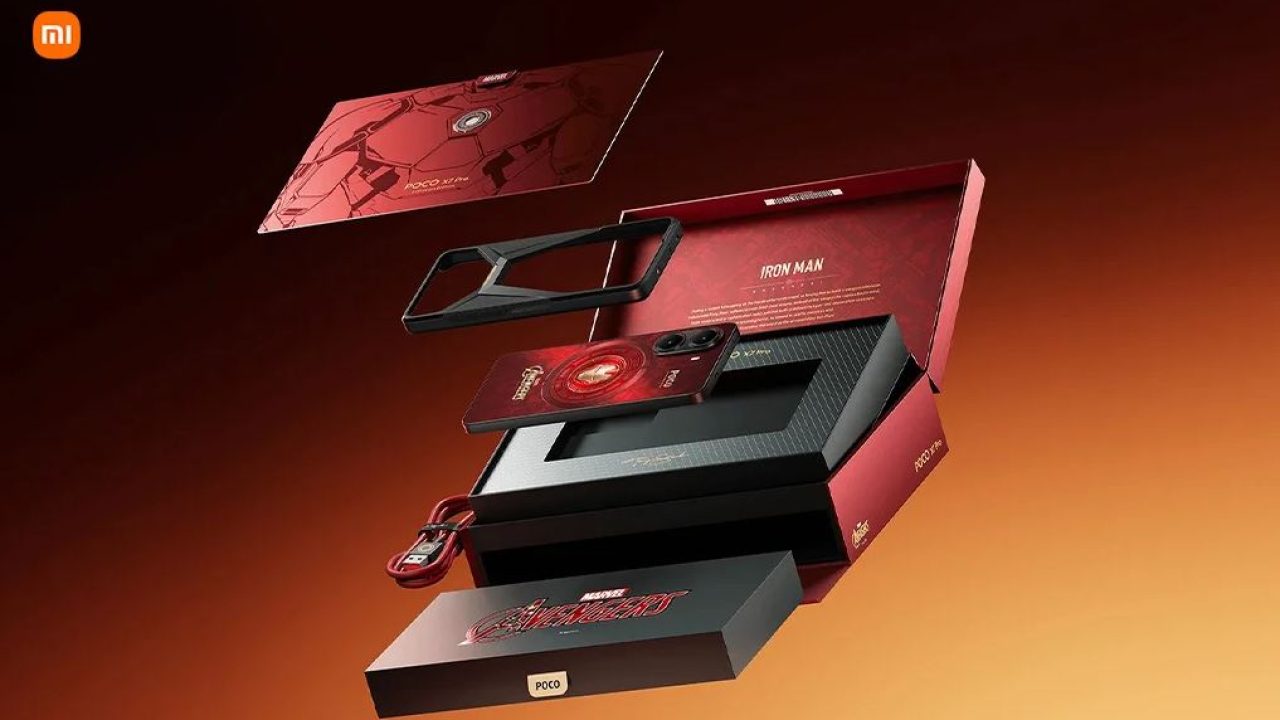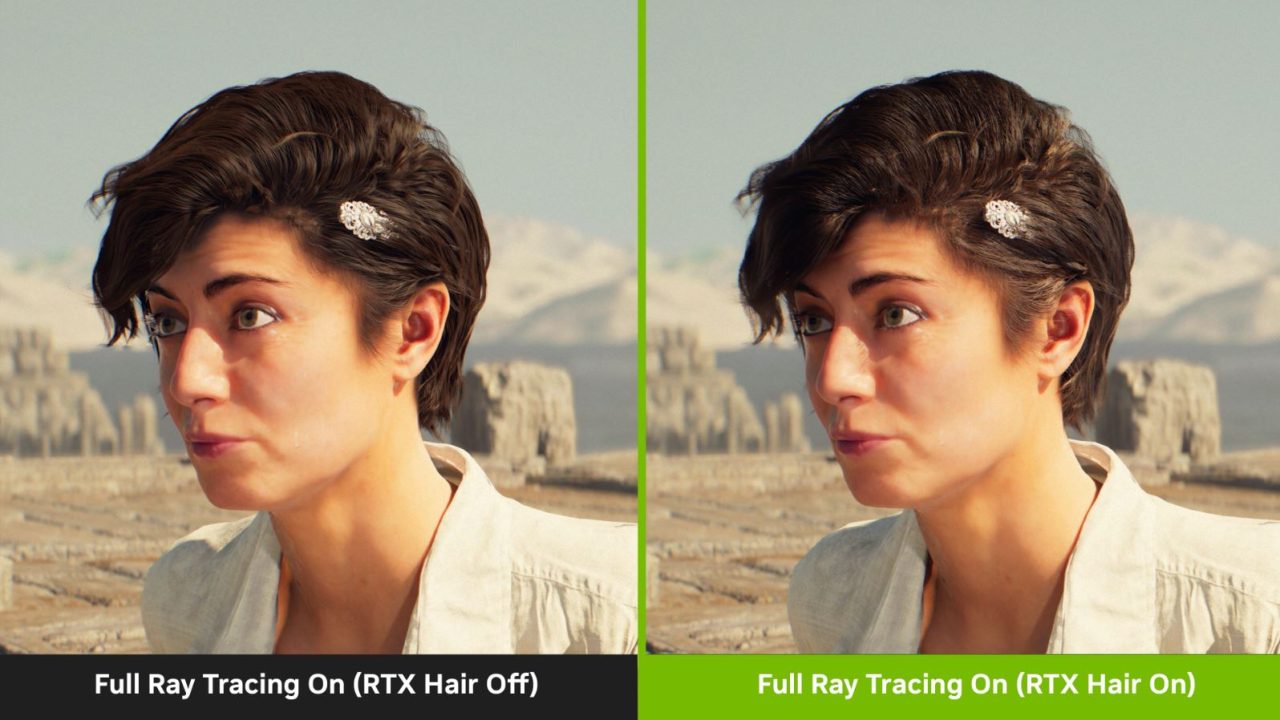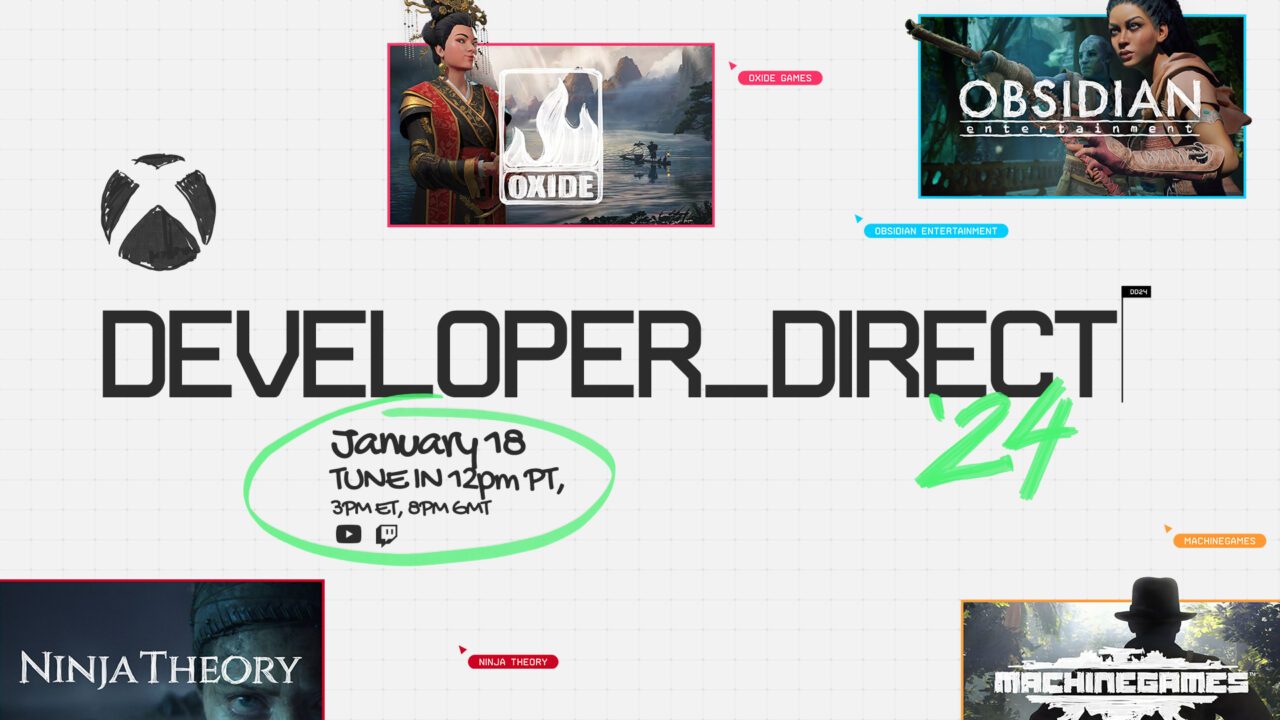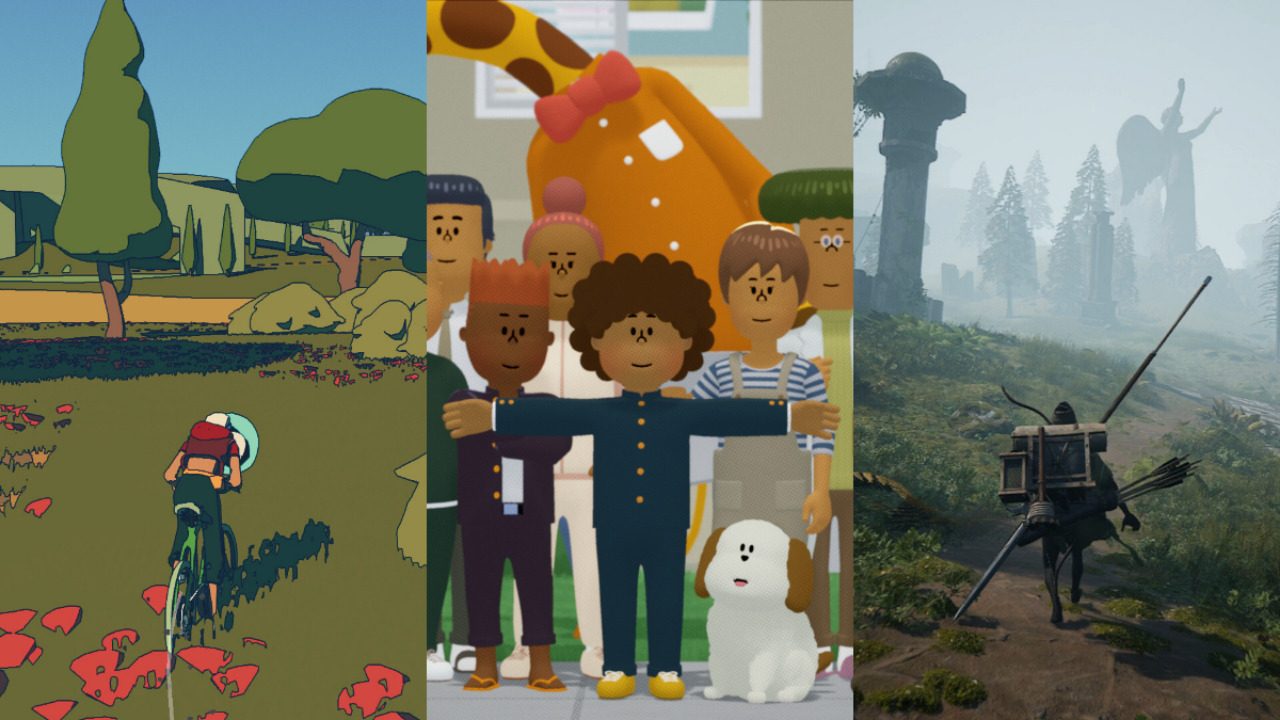The Paralympic Games represent the zenith of athletic achievement for individualities with disabilities, showcasing not only their physical capacities but also their determination, adaptability, and spirit. One of the most graceful and technically demanding events within the Paralympics ispara-dressage. This discipline, which tests the harmony between steed and rider, is a testament to the fidelity and skill needed to contend at the loftiest position. The Paralympic Dressage Team 2024 is set to inspire the world with their performances, embodying the true spirit of the Paralympic movement.
Daftar Isi
A detail History of Paralympic Dressage and The Road to the 2024 Paralympics
Para-dressage first came a part of the Paralympic Games in 1996 during the Atlanta Games. Since also, it has grown in fashionability and prestige, attracting athletes from around the world. The sport itself is embedded in the same principles as Olympic dressage, with riders performing a series of destined movements, or tests, that are judged on perfection, fluidity, and the connection between steed and rider. still,para-dressage is unique in that it’s specifically acclimated for athletes with physical disabilities, offering different grades of competition grounded on the rider’s functional capacities.
The trip to getting part of the Paralympic Dressage Team in 2024 is one that requires immense fidelity, perseverance, and skill. Athletes must first qualify through public and transnational competitions, demonstrating their capacities and earning a spot on their separate public brigades. Once named, these athletes suffer rigorous training rules, frequently working with technical trainers, veterinarians, and support staff to insure both rider and steed are in peak condition.
In the lead- up to the 2024 Paralympics, riders have been contending in events similar as the WorldPara-Dressage Crowns and other transnational qualifiers. These events not only serve as a proving ground for the athletes but also give precious experience in performing under pressure. The 2024 Paralympic Games, set to be held in Paris, will see the capstone of times of hard work, with athletes from across the globe clustering to contend for the ultimate prize inpara-dressage.
crucial Challengers and brigades to Watch
The 2024 Paralympic dressage team will include some of the most talented athletes in the sport. Among the brigades to watch are those from Great Britain, the Netherlands, and Germany, all of whom have a fabled history inpara-dressage. These countries have constantly produced top- league athletes who have dominated the sport in recent times.
Great Britain, in particular, has been a hustler inpara-dressage, with riders similar as Sophie Christiansen and Lee Pearson leading the charge. Both athletes have multiple Paralympic orders to their names and will be looking to add to their emotional patrimonies in Paris. The British platoon is known for its scrupulous medication and strong platoon dynamic, making them a redoubtable force.
The Netherlands has also surfaced as a major contender in recent times, with riders like Rixt van der Horst and Frank Hosmar constantly delivering strong performances on the transnational stage. The Dutch platoon’s emphasis on perfection and specialized excellence has made them a imperishable trouble inpara-dressage competitions.
Germany, with its rich equestrian tradition, will also be a platoon to watch in 2024. Riders similar as Regine Mispelkamp and Hannelore Brenner have demonstrated their capacities in former competitions, and the German platoon’s deep canon of gift ensures they will be in contention for orders.
The significance of the Horse- Rider Partnership
Inpara-dressage, the relationship between steed and rider is consummate. Unlike other equestrian disciplines, where the rider’s physical capacities play a larger part,para-dressage requires a deep understanding and communication between the athlete and their steed. This cooperation is erected on trust, tolerance, and innumerous hours of training.
Riders frequently work with the same steed for numerous times, developing a bond that allows them to perform at the loftiest position. The steed must be attuned to the rider’s commands, frequently given through subtle shifts in weight or slight movements. For athletes with physical disabilities, the steed becomes an extension of themselves, allowing them to express their capacities in ways that would be insolvable else.
The selection of the right steed is also pivotal. nags used inpara-dressage are generally well- trained, with calm and patient grains. They must be suitable to perform the precise movements needed in the tests while remaining responsive to their rider’s cues. The relationship between steed and rider is a delicate balance, and the success of the platoon frequently hinges on this cooperation.
prostrating Challenges and Adversities
contending at the Paralympic position is n’t without its challenges. For numerous athletes, the road to the Paralympics is fraught with obstacles, both physical and internal. Riders must overcome their disabilities while also contending with the rigorous demands of the sport. Injuries, lapses, and the pressures of competition can all take their risk on athletes.
still, it’s these challenges that frequently bring out the stylish in Paralympic athletes. The adaptability and determination displayed bypara-dressage riders are a testament to their strength of character. numerous athletes have participated stories of prostrating significant adversities, whether it be a life- altering injury or the loss of a cherished steed. These gests only serve to strengthen their resoluteness and energy their desire to succeed on the world stage.
The support system around each athlete also plays a pivotal part in their success. Family, musketeers, trainers, and support staff each contribute to the athlete’s trip, furnishing stimulant and backing when demanded. The Paralympic Dressage Team 2024 is n’t just a group of individual riders but a community of people working together towards a common thing.
The Impact of Para-Dressage on the Equestrian World
Para-dressage has had a profound impact on the broader equestrian community. It has brought lesser mindfulness to the capabilities of athletes with disabilities and has challenged comprehensions of what’s possible in the sport. The addition ofpara-dressage in the Paralympic Games has also helped to elevate the profile of the discipline, attracting new suckers and inspiring the coming generation of riders.
also,para-dressage has fostered a lesser sense of inclusivity within the equestrian world. Riders of all capacities are now honored for their benefactions to the sport, and there’s a growing movement towards creating further openings for impaired athletes in equestrian disciplines. The success ofpara-dressage athletes has shown that with the right support and determination, anything is possible.
Publisher by : Roperzh

